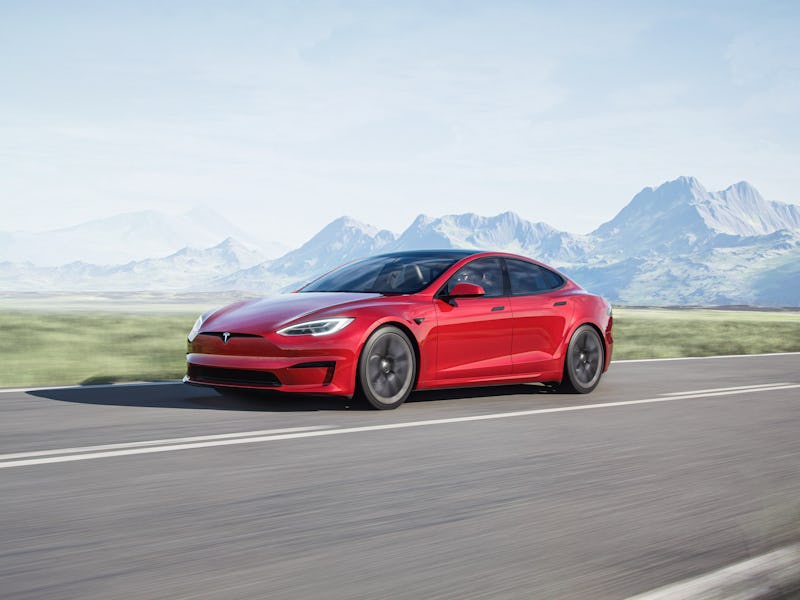Tesla: Video shows car driving for a staggering 752 miles range
Michigan-based Our Next Energy claims to have nearly doubled the range of a Tesla Model S electric vehicle with a battery retrofit.

Tesla’s impressive battery range may have just doubled.
On Wednesday, Michigan-based battery company Our Next Energy revealed that it drove a Tesla Model S retrofitted with its own product last year. Whereas the current Model S has an EPA-estimated range of 405 miles, the ONE retrofit car traveled 752 miles without recharging.
The battery could resolve one of the major pain points of owning an electric vehicle. A JD Power survey in 2021 found that the number one determining factor in an electric vehicle buyer’s decision is battery range.
While high-powered chargers can help plug the gaps, a bigger battery could help drivers travel further distances without worrying about infrastructure at the other end — ideal for more ambitious trips.
ONE also claims that a bigger battery can help an electric vehicle face harsher conditions. The firm claims that factors like extreme weather or towing a trailer can reduce battery range by around 35 percent.
Inverse has reached out to ONE for comment.
Want to find out more about Tesla’s plans to electrify transport? Subscribe to MUSK READS+ for exclusive interviews and analysis about spaceflight, electric cars, and more.
ONE Battery: How it works
The team refitted a Tesla Model S with a 203.7-kilowatt-hour battery. By comparison, the current model has around 100 kilowatt-hours of capacity.
Watch the video below:
The vehicle performed even better under lab conditions. Using a vehicle dynamometer, ONE claims the car reached 882 miles at a speed of 55 mph.
ONE’s experimental battery has an energy density of 416 watt-hours per liter. By comparison, the original pack had a density of around 245 watt-hours per liter. At a weight of 331 kg (730 pounds), the new battery has a specific energy density of 231 watt-hours per kilogram. That means while the performance may be impressive, the weight still means it’s not able to power more ambitious weight-sensitive projects like Tesla’s electric jet.
The company told Electrek that its battery uses a nickel-cobalt-magnesium cathode and a graphite anode. The publication notes that it’s still somewhat unclear how the company achieved these high densities.
The company plans to move to a graphite-free anode and a nickel-cobalt-free cathode in the long term. “We want to accelerate the adoption of electric vehicles by eliminating range anxiety, which holds back most consumers today,” Mujeeb Ijaz, founder and CEO of ONE, said in a statement.
Ijaz founded the company in 2020. Before ONE, he worked as a senior director of energy storage at Apple for six years. He was also a manager at Ford’s electric and fuel cell vehicle engineering division for 15 years.
The Inverse analysis — The battery looks fantastic, but other factors may determine its success.
A big question is price — the industry aims to reduce costs down to $100 per kilowatt-hour, a price point considered one that could help electric cars beat traditional vehicles. It’s unclear how much of a premium ONE’s battery demands and whether consumers will pay.
Another is release date. The company’s website claims it will unveil a production prototype in 2023, but a lot can happen in that time. As Tesla works to release its own advanced battery design, previously unveiled in September 2020, ONE could find itself in a very different market once it reaches production.
SUBSCRIBE TO MUSK READS+, A PREMIUM NEWSLETTER THAT COVERS THE WORLDS OF ELON MUSK, SPACEX, TESLA, AND EVERYTHING BETWEEN.